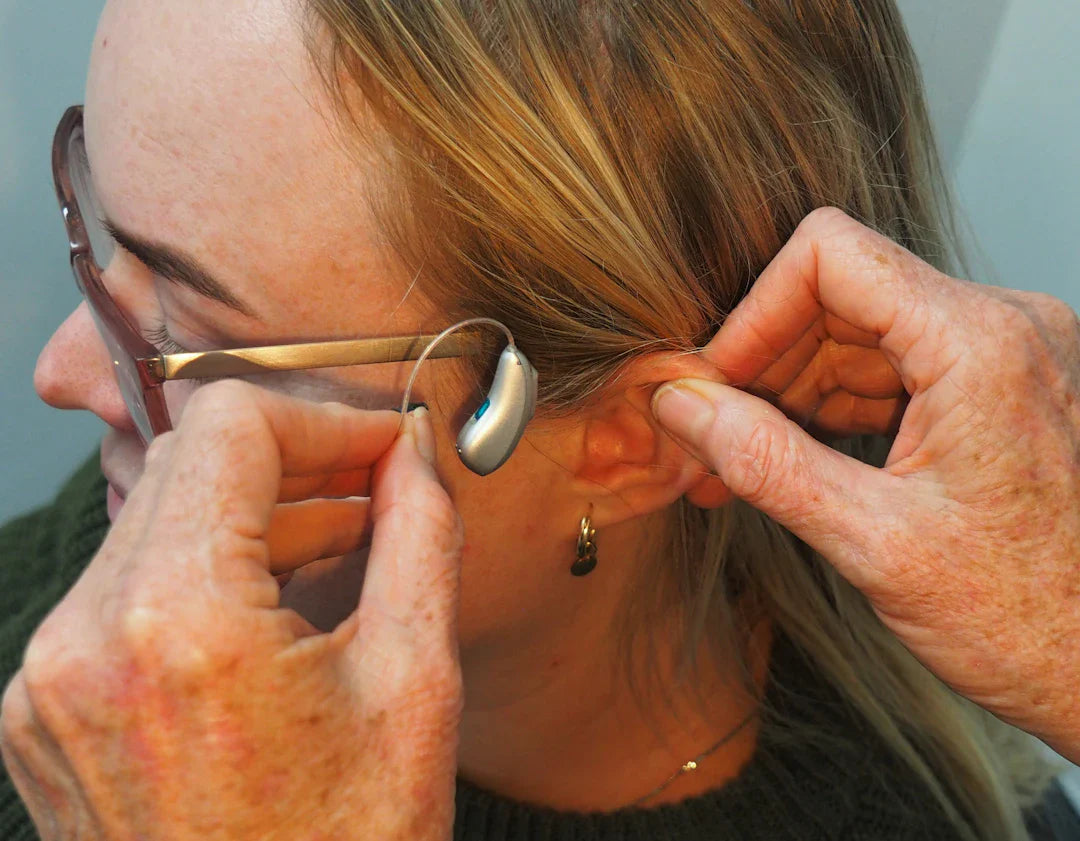Auditory rehabilitation is an essential component in the sphere of audiology that plays a crucial role for individuals experiencing hearing loss. It encompasses a holistic approach combining various strategies, therapies, and devices like the Signia Insio AX hearing aid charger, aimed at helping individuals restore their auditory function and enhance their overall quality of life. In this blog post, we will delve deeper into the various aspects of auditory rehabilitation, its importance, and how you can benefit from it.
Understanding Hearing Loss and Its Impact
Hearing loss affects millions of individuals across the globe, transforming their ability to communicate and engage with family, friends, and the world around them. Often, it can lead to feelings of isolation and frustration. Understanding the nature of hearing loss is the first step toward effective auditory rehabilitation.
Types of Hearing Loss
Hearing loss can be categorised into three primary types:
- Conductive Hearing Loss: This occurs when there is an issue with the outer or middle ear, often due to earwax buildup, infections, or fluid. Effective earwax removal is essential in addressing conductive hearing loss.
- Sensorineural Hearing Loss: This type is often caused by damage to the inner ear or the auditory nerve, usually as a result of age, noise exposure, or illness.
- Mixed Hearing Loss: This is a combination of both conductive and sensorineural hearing loss, requiring a tailored rehabilitative approach.
The Psychological and Social Effects
The consequences of untreated hearing loss extend beyond auditory challenges. Psychological effects can include anxiety, depression, and reduced self-esteem. Socially, individuals may withdraw from conversations, leading to strained relationships with friends and family. This underscores the significance of auditory rehabilitation as a vital intervention.
The Components of Auditory Rehabilitation
Auditory rehabilitation is multi-faceted, addressing not just the physical aspects of hearing but also the emotional and social dimensions. The main components include:
1. Hearing Aids
The most common intervention method for those experiencing hearing loss is the use of hearing aids. These devices amplify sound and are especially beneficial for individuals with sensorineural hearing loss. The application of the Signia Insio AX hearing aid charger makes the use of hearing aids seamless, ensuring that users have easy access to a charged device whenever needed. This reliability supports users in their daily lives, enhancing their communication capabilities.
2. Auditory Training
Auditory training involves techniques that educate individuals on how to interpret sounds, such as understanding speech patterns and distinguishing sounds in noisy environments. This training is crucial for maximising the use of hearing aids effectively.
3. Counselling and Support
Psychological counselling is often a part of auditory rehabilitation. Support groups and individual therapy can help individuals cope with the emotional ramifications of hearing loss, an essential aspect of the rehabilitation process.
The Importance of Earwax Removal
Earwax buildup can significantly affect hearing ability. Regular earwax removal is not just a hygiene practice; it's imperative to maintain clear auditory pathways for effective sound transmission. Individuals with hearing loss should seek professional advice regarding the best earwax removal practices as part of their auditory health maintenance. This simple yet effective procedure can prevent further deterioration of hearing abilities.
Developing Effective Communication Strategies
Alongside the technical aids and therapies provided, auditory rehabilitation encourages the development of effective communication strategies. These strategies can include:
- Utilising visual cues and lip-reading.
- Engaging in one-on-one conversations in quieter environments.
- Using assistive listening devices in group settings.
Empowering Family and Friends
For the rehabilitation to be most effective, it’s essential for family and friends to understand the challenges faced by those with hearing loss. Education and awareness can help reduce frustration and foster better communication dynamics. Support from loved ones can make a significant difference in the rehabilitation journey.
The Role of Professional Audiology Services
Audiologists play a crucial role in the auditory rehabilitation process. They conduct comprehensive assessments, provide customised hearing aid fittings, offer guidance on earwax removal, and create tailored rehabilitation programs for individuals. Their expertise ensures that all components of the rehabilitation process are interconnected, enhancing overall efficacy.
Regular Hearing Check-ups
Regular maintenance and check-ups by audiology professionals are invaluable in monitoring progress and making necessary adjustments. Just as we maintain other aspects of health, regular hearing care is vital for individuals with hearing loss.
Long-term Benefits of Auditory Rehabilitation
Investing in auditory rehabilitation can bestow numerous long-term benefits including:
- Improved communication abilities with family and friends.
- Enhanced social interactions and reduced feelings of isolation.
- Increased self-confidence and independence.
- Better overall mental health and wellbeing.
- Increased engagement in professional and personal activities.
Embracing Technology
Technological advancements in audiology have revolutionised auditory rehabilitation. Today's hearing aids offer sophisticated features such as Bluetooth connectivity and adjustable settings tailored to different environments. Individuals can enjoy seamless sound quality while easily interacting with their devices.
Taking The Next Step Towards Better Hearing
If you or someone you know is experiencing hearing loss, it’s essential to seek support from professional audiology services. Embracing auditory rehabilitation enables you to reclaim control and enhances your life in multifaceted ways. The journey to better hearing begins with recognising the need for change and reaching out for assistance.
Your Path to a Brighter Future
By understanding the importance of auditory rehabilitation, you can take proactive steps towards improving your hearing health. Whether it's through proper earwax removal, acquiring hearing aids, or engaging in auditory training, every step counts toward a better auditory experience. Don’t let hearing loss diminish your quality of life—embrace the transformative power of auditory rehabilitation today and unlock the world of sound once again!




